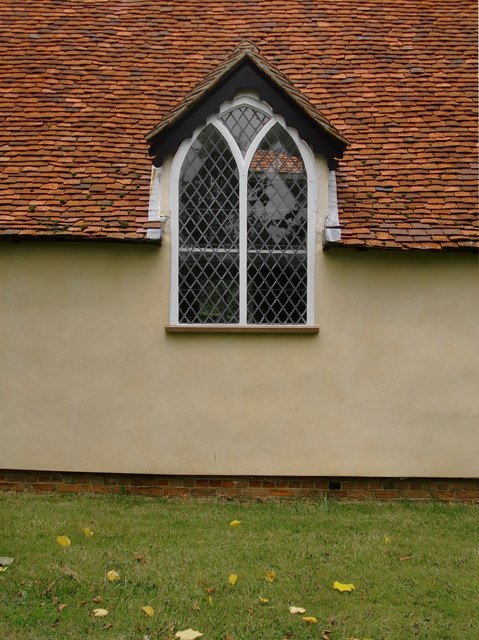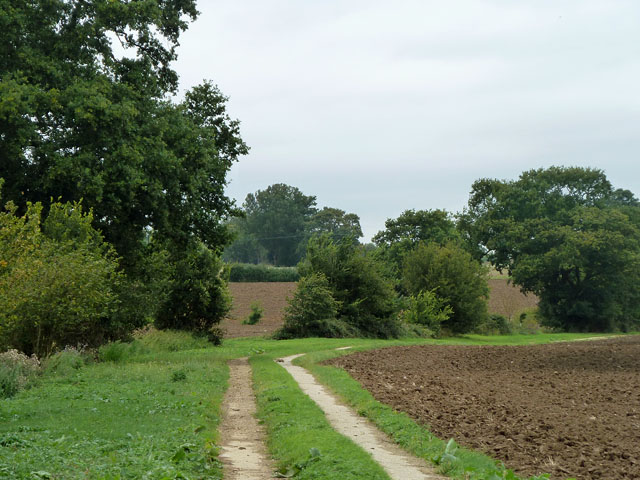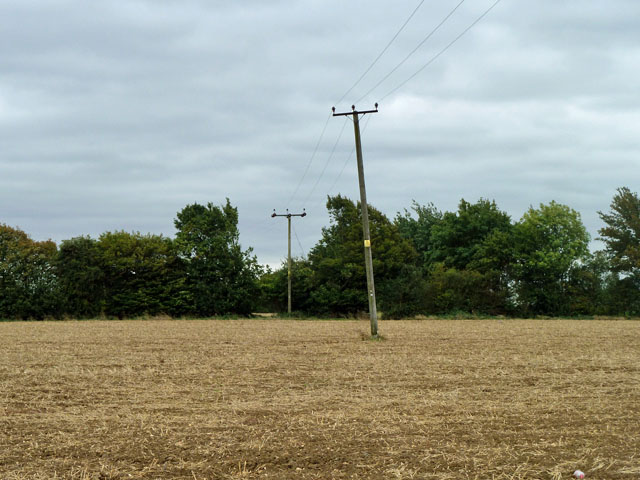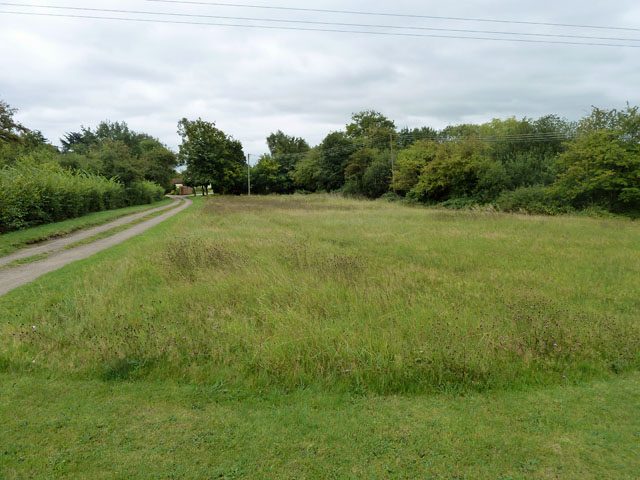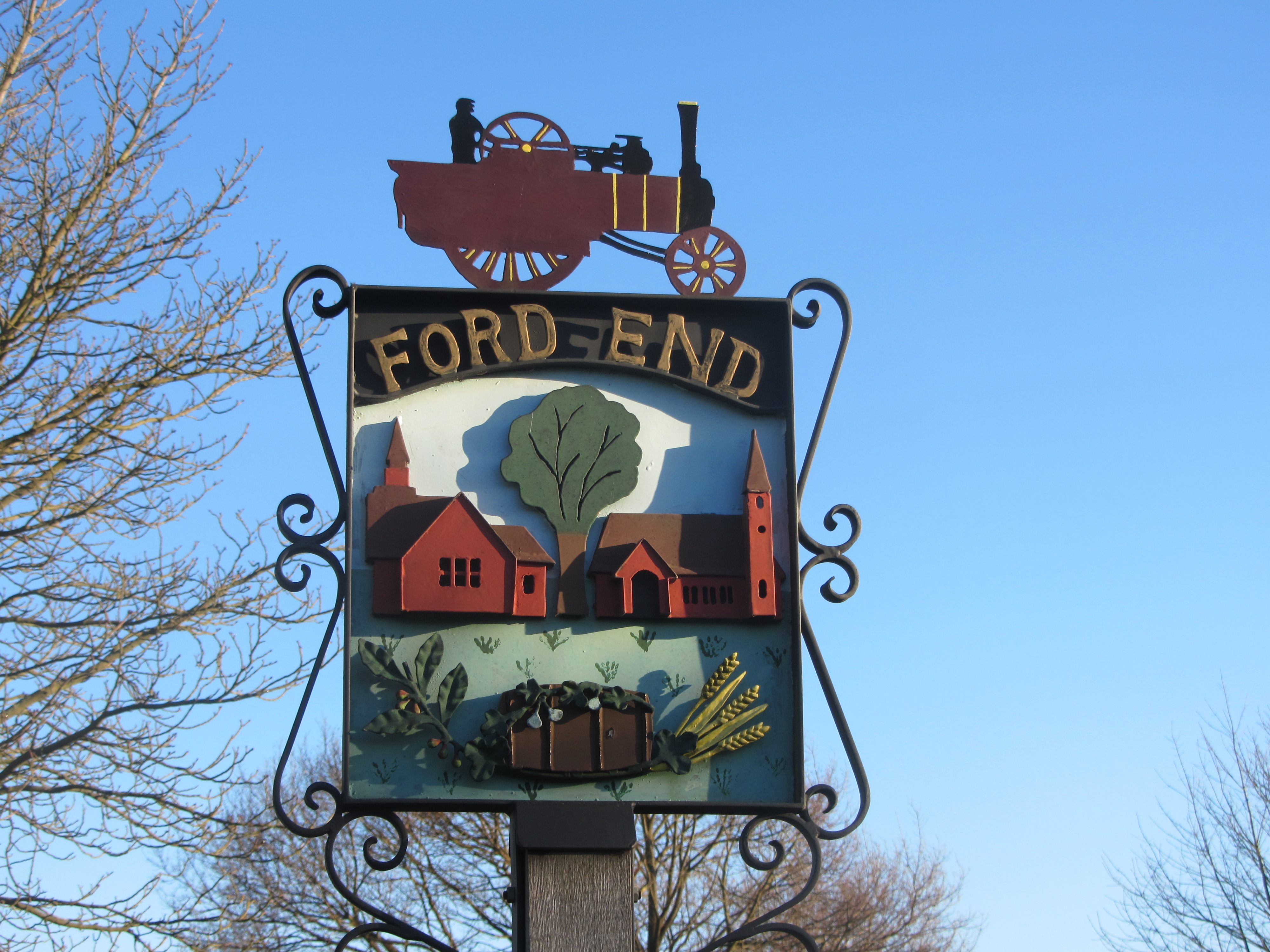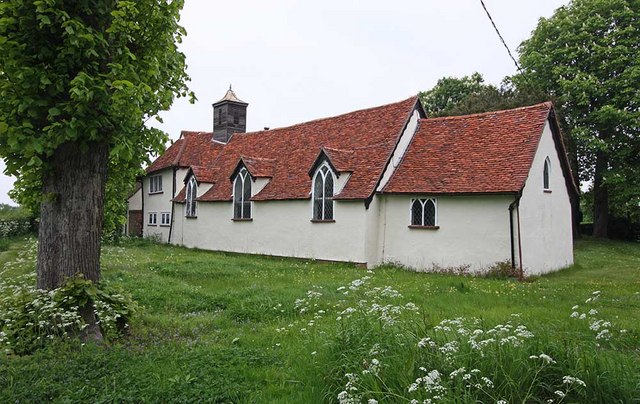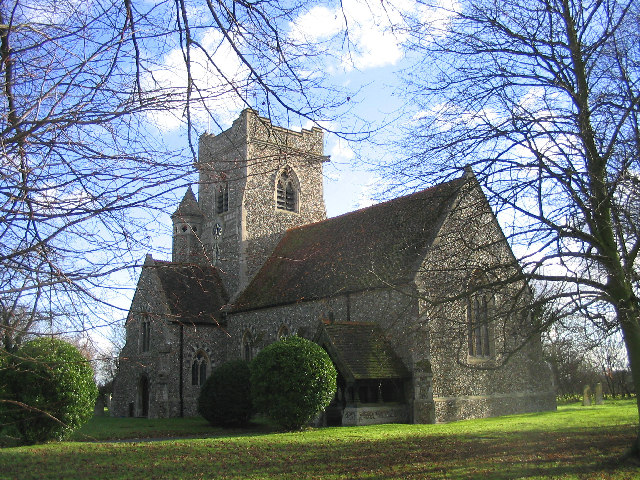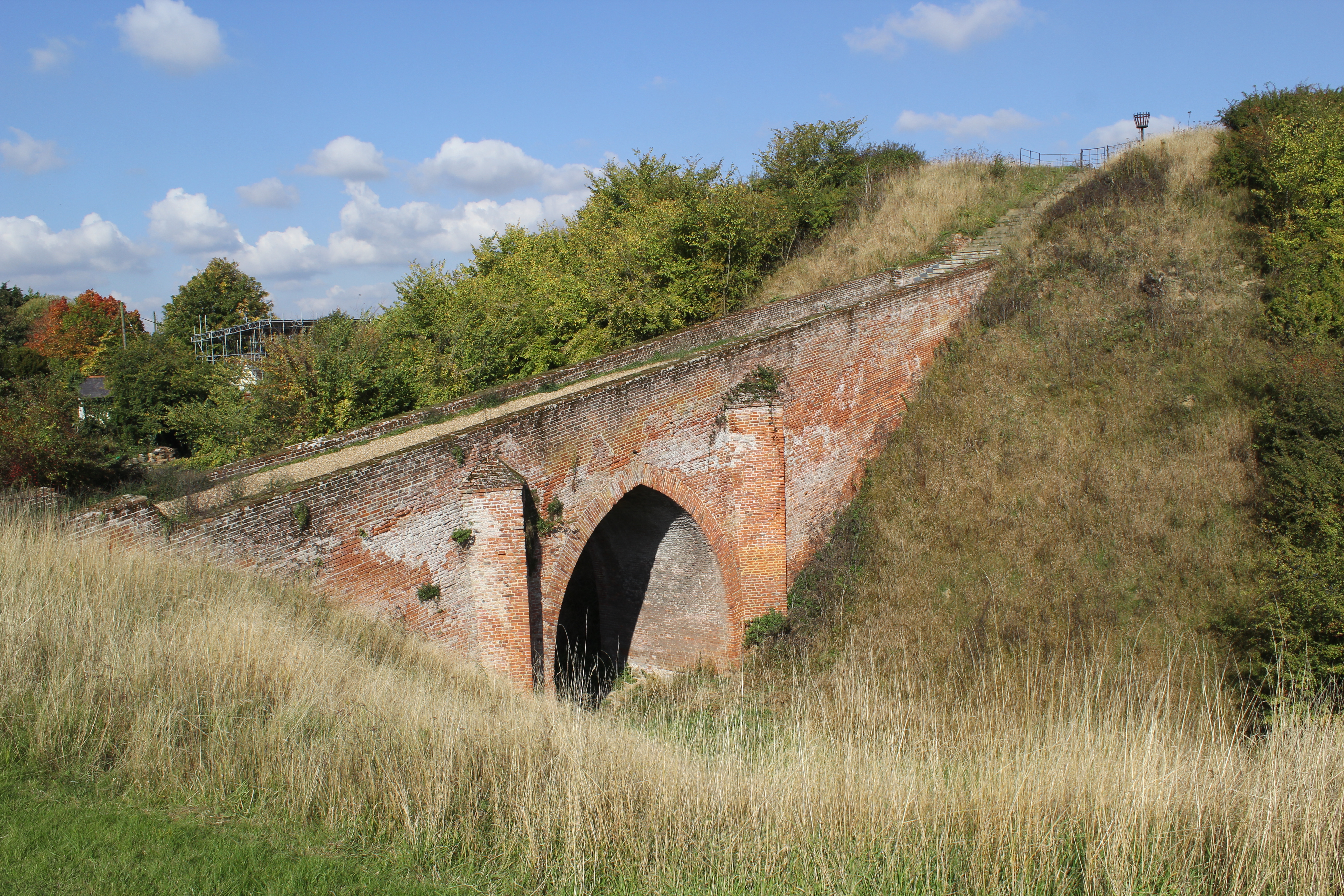Blackchapel
Heritage Site in Essex Chelmsford
England
Blackchapel

Blackchapel is a small village located in the county of Essex, in the eastern part of England. Known for its rich heritage, it is considered a significant heritage site in the region. The village is nestled amidst beautiful countryside, characterized by rolling hills and picturesque landscapes.
The origins of Blackchapel can be traced back to medieval times, with the first records of the village dating back to the 12th century. The name "Blackchapel" is believed to derive from the presence of a dark-colored chapel or church that once stood here.
One of the highlights of Blackchapel is its historic church, dedicated to St. Mary. Built in the 14th century, this magnificent stone church is a fine example of medieval architecture. It features a striking tower, adorned with intricate carvings, and stained glass windows that depict biblical scenes. The church is still actively used for worship and attracts both locals and tourists interested in its historical significance.
In addition to its church, Blackchapel boasts several other noteworthy heritage buildings, including charming thatched-roof cottages and old farmhouses. These buildings offer a glimpse into the village's rural past and add to its overall charm.
Furthermore, the village is surrounded by an extensive network of footpaths and bridleways, making it a popular destination for hikers and nature enthusiasts. The tranquil countryside provides a serene backdrop for outdoor activities and allows visitors to immerse themselves in the natural beauty of the area.
Overall, Blackchapel, Essex is a remarkable heritage site that preserves the historical and architectural treasures of the region. Its medieval church, traditional buildings, and scenic countryside make it a must-visit destination for those seeking a glimpse into the past.
If you have any feedback on the listing, please let us know in the comments section below.
Blackchapel Images
Images are sourced within 2km of 51.83/0.417 or Grid Reference TL6617. Thanks to Geograph Open Source API. All images are credited.

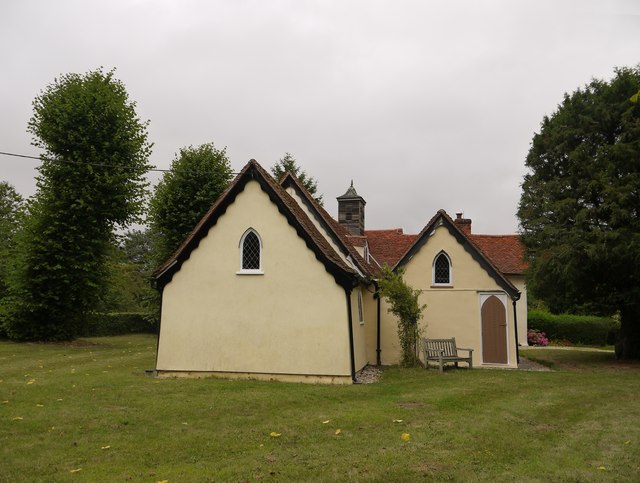
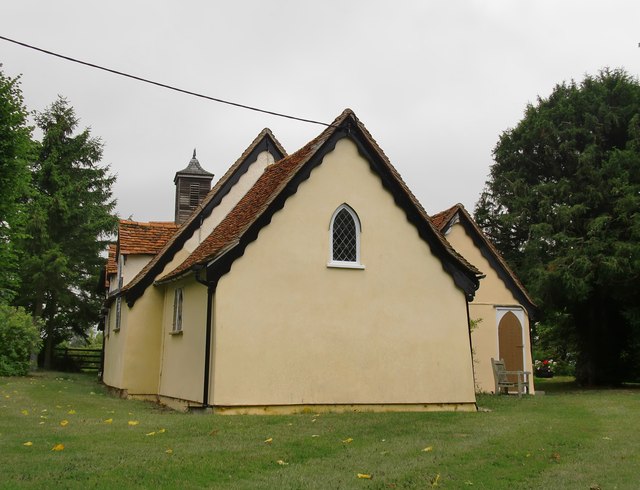
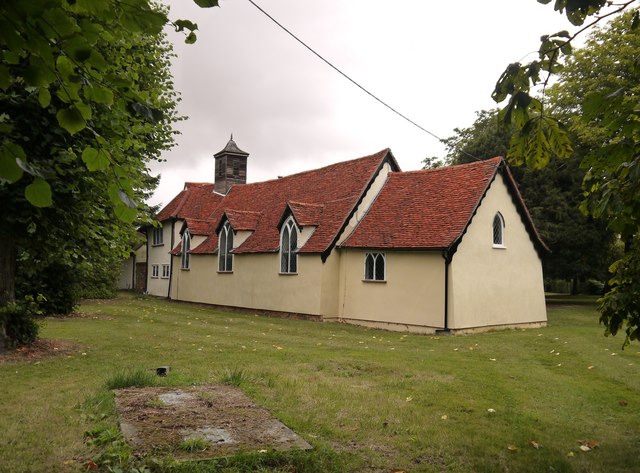
Blackchapel is located at Grid Ref: TL6617 (Lat: 51.83, Lng: 0.417)
Administrative County: Essex
District: Chelmsford
Police Authority: Essex
What 3 Words
///obstinate.flamenco.tricky. Near Little Dunmow, Essex
Nearby Locations
Related Wikis
Ford End
Ford End is a small village in the parish of Great Waltham halfway between Chelmsford and Great Dunmow in Essex, England, comprising over 150 houses. In...
North End, Essex
North End is a hamlet at the northern end of the parish of Great Waltham in the Chelmsford district of Essex, England. Black Chapel Cottage, a former priest...
Hounslow Green
Hounslow Green or Onslow Green is a hamlet on the B1008 road (historically the A130 road), located in between the villages of Barnston and Ford End, in...
Hartford End
Hartford End is a hamlet in the civil parish of Felsted and the Uttlesford district of Essex, England. The hamlet is on the B1417 road approximately 2...
Pleshey
Pleshey is a historic village and civil parish in the Chelmsford district, in the county of Essex, England, 6 miles (10 km) north-west of Chelmsford. The...
Pleshey Castle
Pleshey Castle is a man-made motte and bailey castle in Pleshey in Essex, England. It was built in the 11th century and it is one of the best preserved...
Barnston, Essex
Barnston is a village and civil parish in Essex, England. The village is on the B1008 road, about 1+3⁄4 miles (2.8 km) south-east of Great Dunmow and...
Wellstye Green
Wellstye Green or Wells Tye Green is a hamlet located between the villages of High Easter and Barnston, in the Uttlesford district of Essex. It is the...
Nearby Amenities
Located within 500m of 51.83,0.417Have you been to Blackchapel?
Leave your review of Blackchapel below (or comments, questions and feedback).
